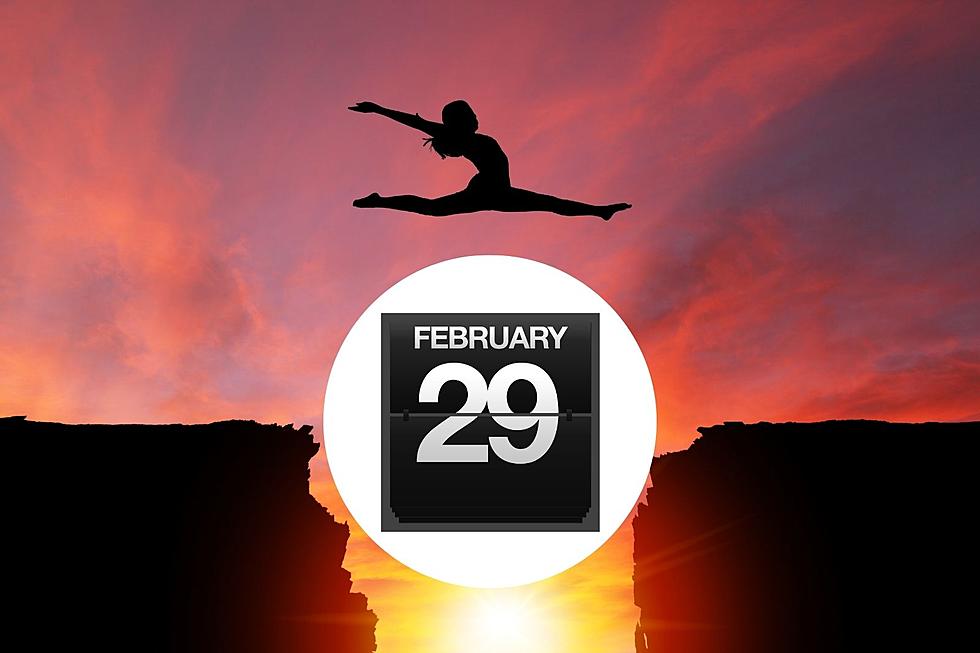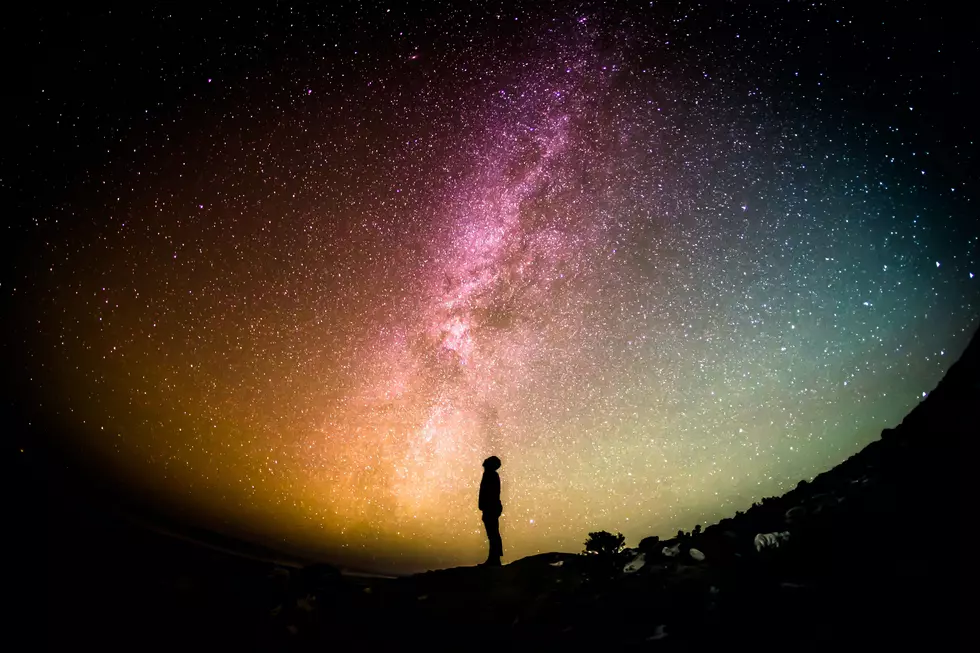
How We’ll Be Able to See the Nova in Kentucky and Indiana
Can I just say there have been more huge astronomical events in 2024 than I can remember in any calendar year in the past? I know, I know...there have just been two, but they were a HUGE two.
We had the total solar eclipse in April followed a few weeks later by the Northern Lights, and both lived up to their billing. (Also, anyone need any eclipse glasses? I have extras.) And now, the world prepares for yet another, and it's being described as a once-in-a-lifetime event.
How to See the Corona Borealis Nova
According to NASA, within the seven-star constellation known as Corona Borealis, or "Northern Crown," there lies a dark spot where the nova is to occur. The new star--T Coronae Borealis--has already been named the "Blaze Star" by astronomers. By definition, it will be so bright, we'll be able to see it with the naked eye. So yes, if you are in Kentucky, you will be able to see it; there's no "path of totality" considerations like there were with the eclipse.
The Timing of the Nova
But there IS a minor catch. Scientists will be monitoring the heavens--and that dark spot, in particular--all summer long because the nova is expected to happen BY September of this year. In other words, it cannot be predicted when the event will take place. However, once T CrB goes nova, it will be visible for less than a week. That should give us plenty of time to see something unfold that hasn't since 1946. Here's a simulation:
If you have a stargazing app like Sky Tonight--that's what I have on my iPhone; there are others available--it might make it much easier to pinpoint the constellation.
Right now, Corona Borealis is below the horizon line, but it's also daytime as I write this. When darkness falls, we'll see it in the sky.
I'm going to keep monitoring; I want to see it as it happens. Fingers crossed.
LOOK: 31 breathtaking images from NASA's public library
Gallery Credit: Deborah Brosseau
LOOK: Major US city skylines in photos, then and now
Gallery Credit: Stacker
More From WBKR-FM









